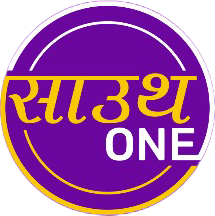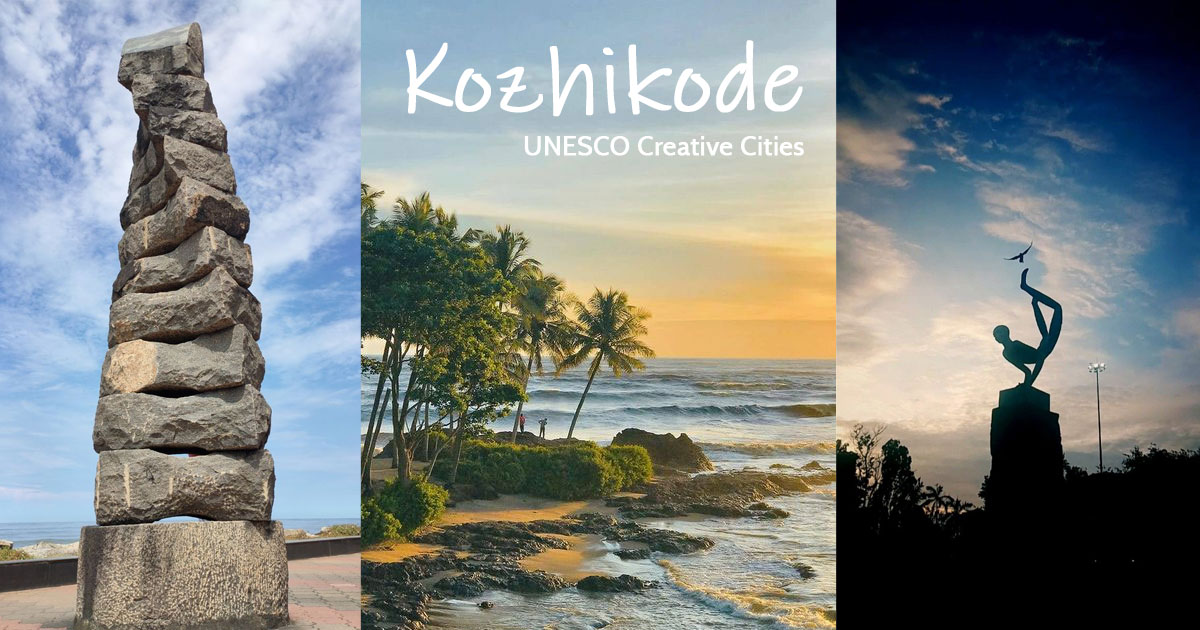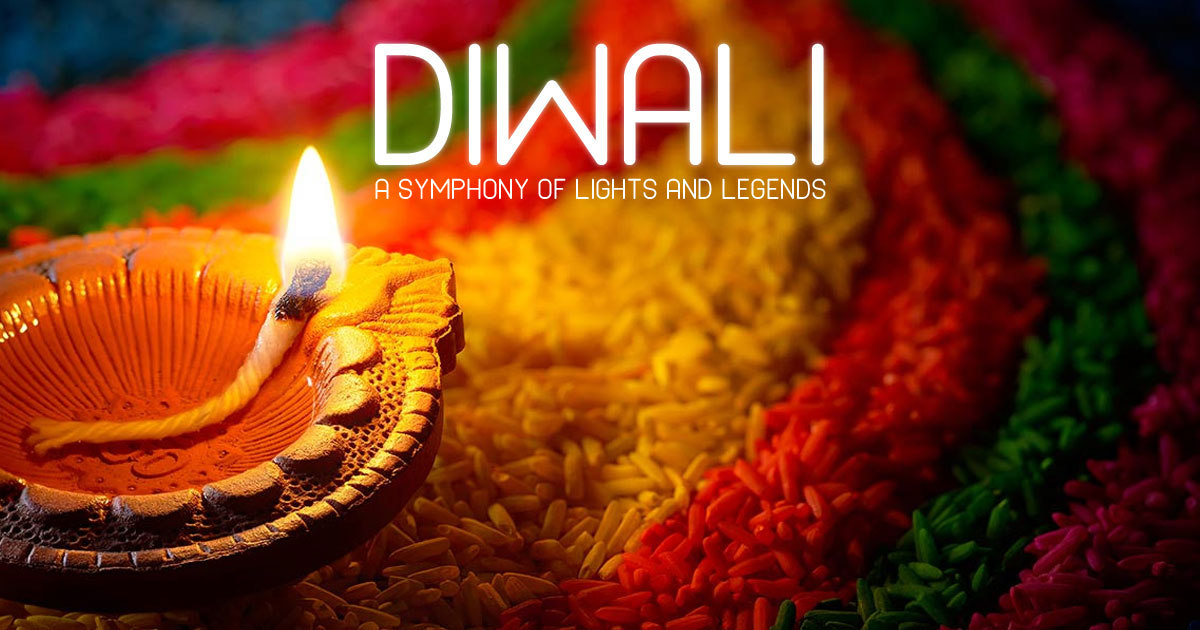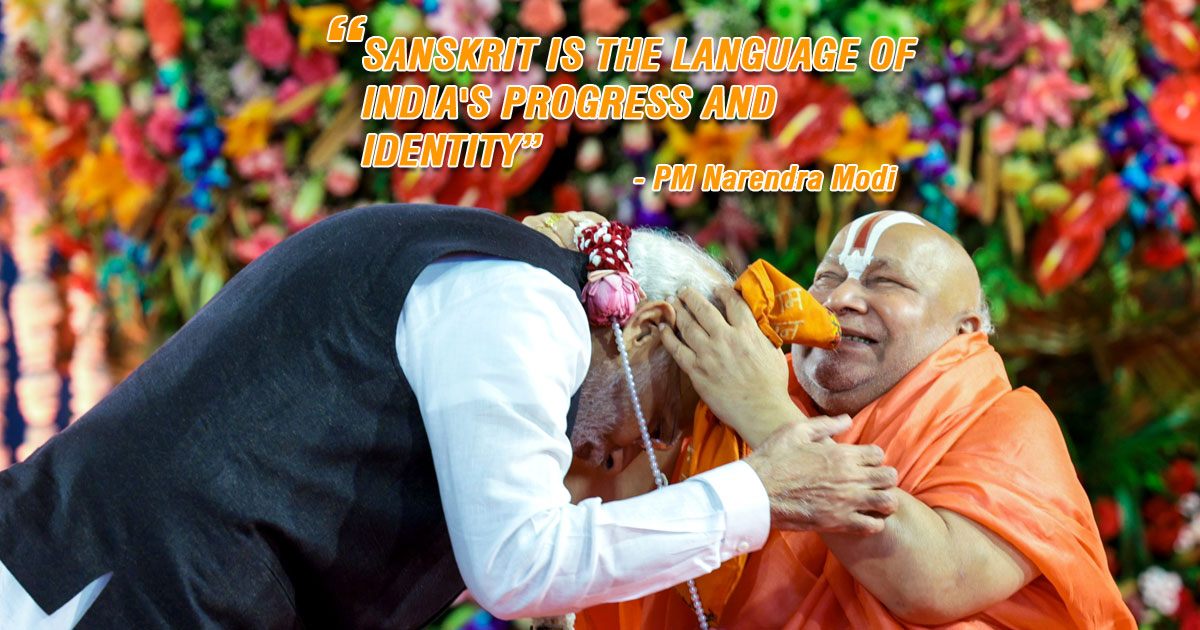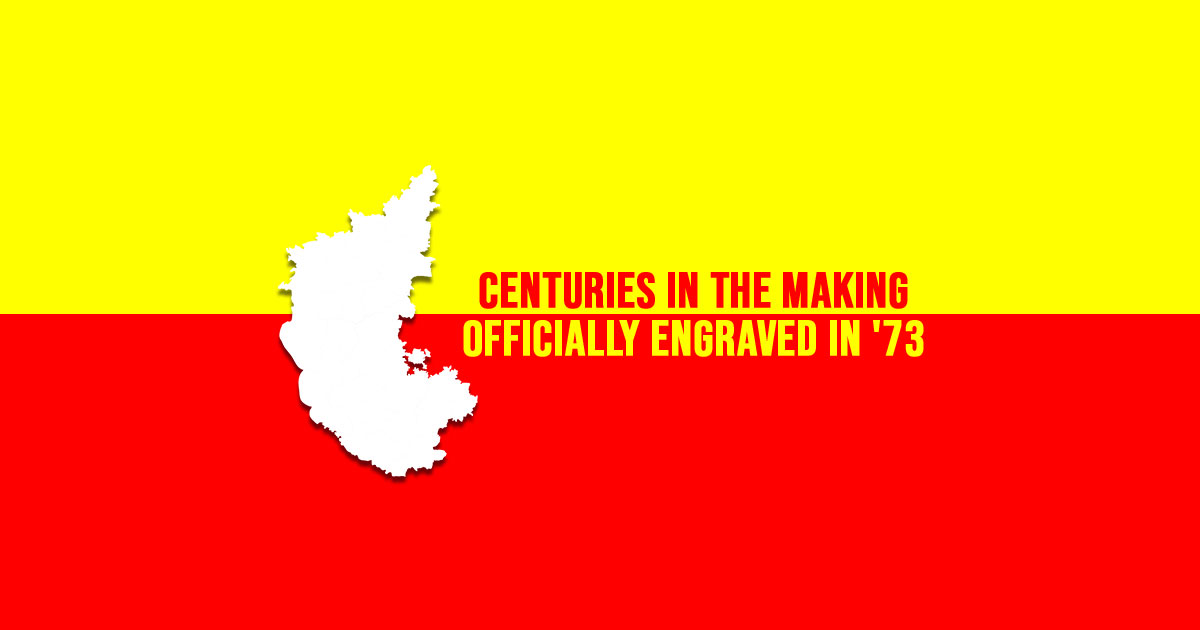Navratri is considered one of the largest festivals celebrated across the country, from Garba and Dandiya to worshipping Goddess Parvati, Goddess Lakshmi, and Goddess Saraswati. It brings a lot of joy and celebration. The rituals may be different in different parts of India, but the devotion remains the same. In the states of West Bengal, Bihar, Odisha, Jharkhand, and Assam, Shardiya Navratri is celebrated as Durga Puja. While the North celebrates this festival with a fast and spiritual get-together like mata ki chawki, the West celebrates it with Garba, a popular dance form, and in the East the Durga Puja feasts celebrate the last major three-day of the festival. As we gear up to celebrate the festival, here are a few things to know about how the festival is celebrated down south.
Karnataka
Navratri in Karnataka coincides with Mysore Dasara; the festival is dedicated to the goddess Chamundeshwari of Chamundi Hill. At this time, the Mysore palace is decorated with lights and is a spectacle to behold. In other parts of the state, the dolls that are decorated are kept, and people visit the houses of their loved ones and exchange coconuts, clothes, and sweets.
Dasara 2023. #MysuruDasara2023 #streetsofmysuru #dasara #mysuru #mysore #dasara2023 #shotonpixel pic.twitter.com/c0MUpmDCHM
— the avinasha (@thinkbigh) October 19, 2023
Tamil Nadu
In Tamil Nadu, the nine-day festival is divided into the first three days dedicated to Goddess Lakshmi, the fourth, fifth, and sixth days dedicated to Goddess Durga, and the last three days dedicated to Saraswati. The traditions that are passed on through generations depicting certain themes, such as environment or mythology, are placed on makeshift staircases in front of the houses. Also, people visit homes with their loved ones to see their dolls.
Telangana and Andhra Pradesh
One of the most beautiful rituals practiced in these states during the festival is Bathukama Padunga, where women make flower stacks for nine days, and then on the last day, the stacks are left afloat in a water body. It’s a spatula watch.
Bathukama celebrations at Timesquare, New york. #Hyderabad pic.twitter.com/igR4dPgR7o
— Hydbeat (@Hydbeatdotcom) October 18, 2021
Kerala
In Kerala, the last three days of Navratri are important. On the evening of Maha Ashtami, Poojavaipuu is performed. On the next day, Goddess Saraswati is worshipped, and the books and instruments are submitted to the idol of the goddess. Finally, on the last day, Puja Eduppu is performed, where the books and tools are removed. Vidhyarambam is performed on this day, where children between the ages of two and six are made to write alphabets on the sand and rice. This marks the start of their journey of learning.
In recent years, the significant influx of people moving from northern regions of India to cities such as Bengaluru, Hyderabad, Chennai, and Thiruvananthapuram, mainly for employment prospects, has brought about notable changes in the cultural fabric of these urban centres.
This has resulted in a more prominent presence of festivals traditionally celebrated in northern India. During this year’s Navratri season, Bengaluru is gearing up for an impressive lineup of approximately 65 Dandiya and Garba events, including a grand celebration at the renowned Palace Grounds. Meanwhile, Hyderabad is following suit, with nearly 50 Navratri and Durga Puja celebrations on the horizon. What’s particularly noteworthy is the growing trend of individual devotees initiating their own festive gatherings.
In Chennai, the South Madras Cultural Association is commemorating its 45th Durga Puja by replicating the famous Bagbazar Durga Idol. This marks a distinct cultural event in the city. Similarly, in Thiruvananthapuram, Navratri holds significance due to its connection with the Sri Padmanabha Swamy Temple. Here, a vibrant procession involving idols of Saraswati, Durga, and Muruga makes its way to the Kuthira Malika palace, culminating at the Navarathri Mandapam, located to the right of the east Gopuram of the Padmanabha Swamy Temple. These diverse celebrations highlight the cultural richness and regional variations in the observance of Navratri and Durga Puja across South India.
